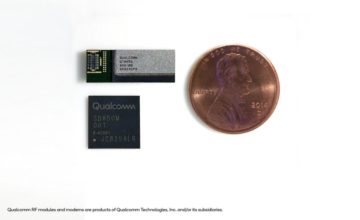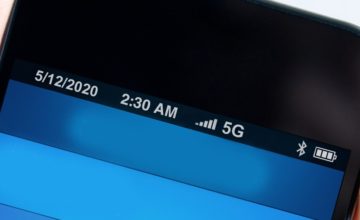Ericsson, one of the largest telecommunications equipment providers in the world, has developed a new 600MHz radio in response to the recent Federal Communications Commission (FCC) spectrum auction, providing a resource for the auction winners, most notably T-Mobile, to utilize their new lower spectrum band licenses.
When can we expect to see these new radios fielded? As early as Q3 this year according to a statement released from the Ericsson, when broadcasters are expected to begin releasing their spectrum as it is reallocated to wireless in the “repacking” process. Wireless construction companies should start seeing business from T-Mobile to upgrade many of their towers with these radios beginning this Summer.
The new 600 MHz low-band spectrum allows operators holding those spectrum licenses to extend and enhance coverage by utilizing low band radio wave propagation, which has higher penetration capabilities. This can be particularly beneficial in rural areas where more coverage can be provided per cell site, which means less new towers will be required.
We spoke with Paul Challoner, VP of Network Product Solutions with Ericsson North America about the development, and what the 600MHz spectrum radio will do for the industry. He said, “The recently released 600MHz band spectrum is good for the telecom industry and its subscribers. The final spectrum allocation in the band avoiding a split by channel 37 was also positive being an optimal balance between equipment implementation and spectrum usage. As TV broadcasters clear the new band and move to alternative channels in accordance with the FCC auction rules over the next 39 months this will free up spectrum for cellular operators to use.”
Ericsson is especially excited by the developments to come out of the FCC spectrum band auction from earlier this year, as the newly allocated wireless spectrum present an opportunity to heavily improve on the current standards. Challoner added that, “The consumer demand for improved service capability and ever increasing data traffic necessitates the use of more spectrum. The new 600MHz band with its good propagation characteristics can bridge the gap and provide not only improved coverage but also better performance. The new band will enable strengthened 4G service to be provided today and later to take advantage of 5G capabilities for yet further speed and performance gains.”
Ericsson isn’t the only equipment manufacturer to develop 600 MHz radio equipment, Nokia said last month they completed the first pre-standard 600MHz LTE call using commercially-available hardware. Ricky Corker, head of North America for Nokia, said in a statement, “We’ve been anticipating the end of the 600MHz auction, and we haven’t waited. Nokia has been doing the necessary development, testing and software creation over the last several quarters. We are ready to work from day one with those customers who want to bring 600MHz to market.”
In the coming years, LTE technology such as the 600MHz band will continue to be used in tandem with developments like 5G to help expand carrier capabilities as consumer demand for data increases dramatically. Developments like the 600MHz radio and the ability for wireless to operate on extended lower frequencies will play a critical role ensuring wireless infrastructure keeps up with that demand.




